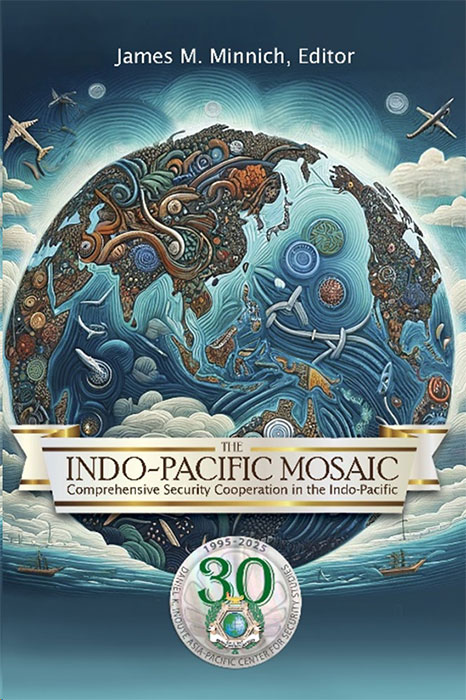Chapter Seven
Jihadist Terrorism in the Indo-Pacific: Resurgence and Resilience in the Post-Caliphate Era
Sam Mullins
Terrorism can never be accepted. We must fight it together, with methods that do not compromise our respect for the rule of law and human rights, or are used as an excuse for others to do so.
— Anna Lindh, former Swedish Minister for Foreign Affairs
Abstract
Even with the fall of the ISIS caliphate, the threat of transnational jihadist terrorism persists in the Indo-Pacific. This chapter traces the evolution of transnational jihadist terrorism in the Indo-Pacific, from the rise and fall of the ISIS caliphate to the Taliban’s resurgence and the ongoing Israel-Hamas war. Examining the evolving tactics, targets, and motivations of jihadist networks, the chapter highlights their resilience and adaptability. It emphasizes the need for a comprehensive and adaptive counterterrorism strategy that combines sustained pressure with efforts to address root causes, foster international cooperation, and counter online radicalization. The chapter also underscores the importance of balancing security measures with the protection of civil liberties in countering this persistent threat. Ultimately, the chapter argues that a failure to adopt a multi-dimensional approach that prioritizes both security and preventive measures could have dire consequences for stability and security in the Indo-Pacific region.







